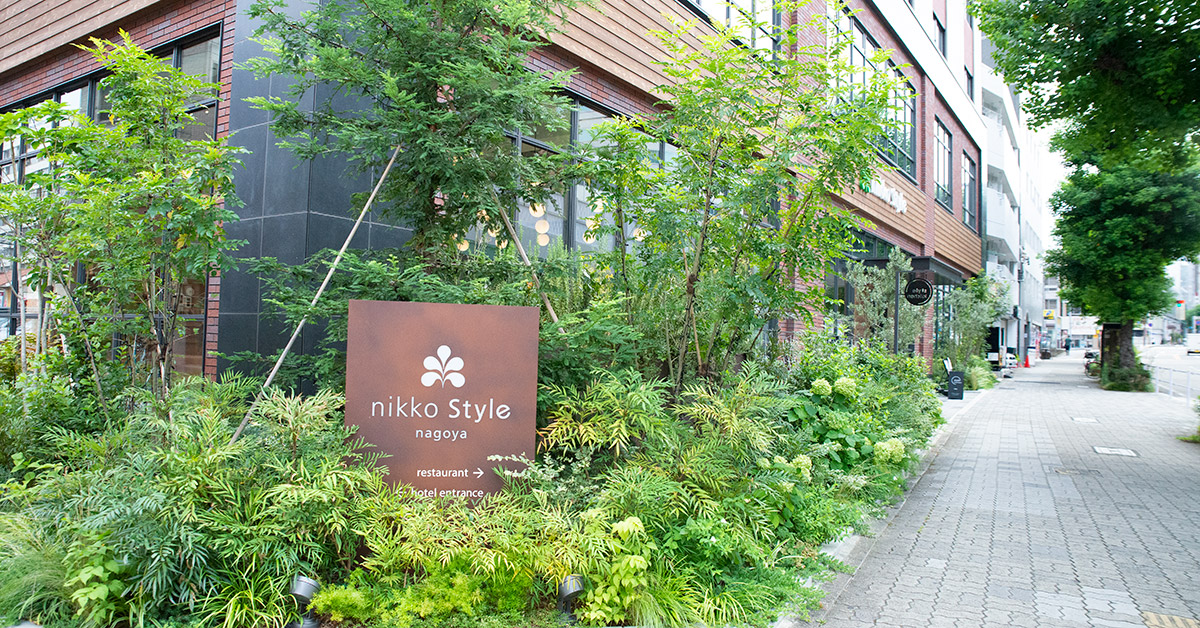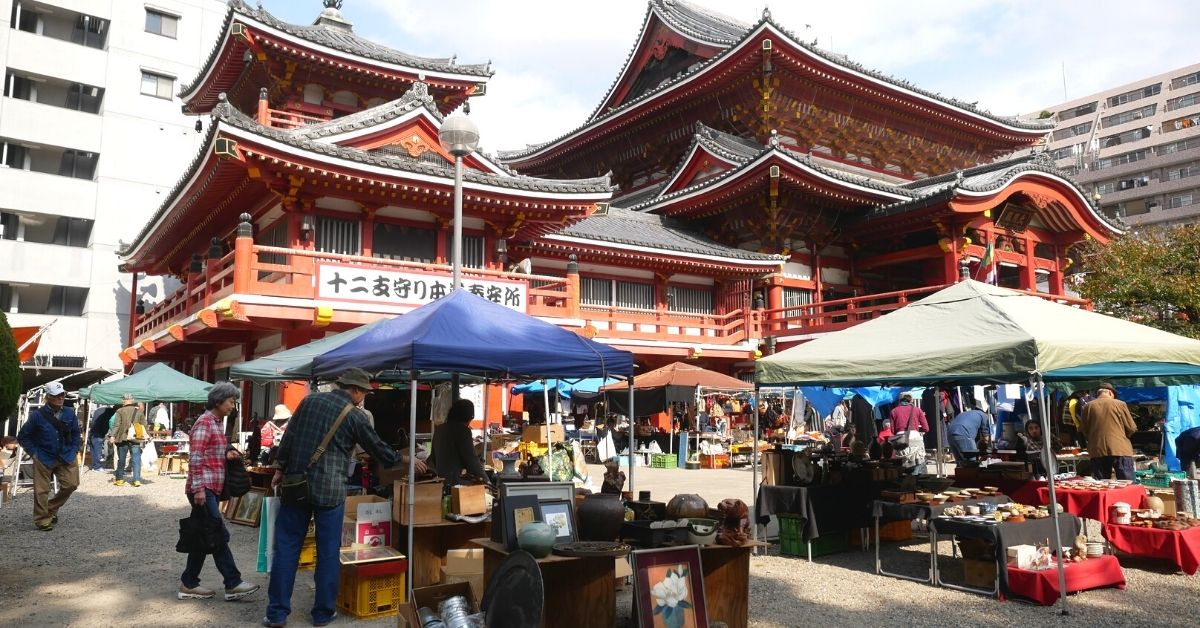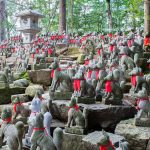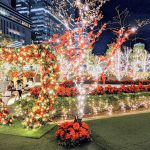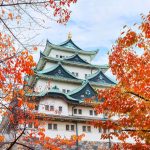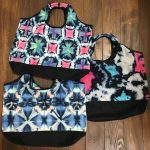Traveling to Japan isn’t exactly like traveling to other countries. If you’re staying in a hotel, you might not need a bunch of the things that are already in your suitcase as we speak. You might also think that you should pack seasonally appropriate attire – which is correct, but did you know that Japan actually has FIVE seasons, not four?
Don’t fall victim to common mistakes! Check out our helpful tips below.
Article Contents
What to Wear in Japan: Complete Seasonal Clothing Guide for Travelers
The most popular seasons for tourism in Japan are spring and fall, with April and October being the peak of the busy season. Now, we did say Japan had five seasons, and we meant it! Aside from the standard winter-spring-summer-fall, there’s tsuyu, or the rainy season. In Aichi prefecture, rainy season starts around the third week of May, and ends at the beginning of July.
No matter what season you’re coming, read on to make sure you’re ready for whatever the weather dishes out.
Spring in Japan: What to Wear, Pack, and Buy (April–May)
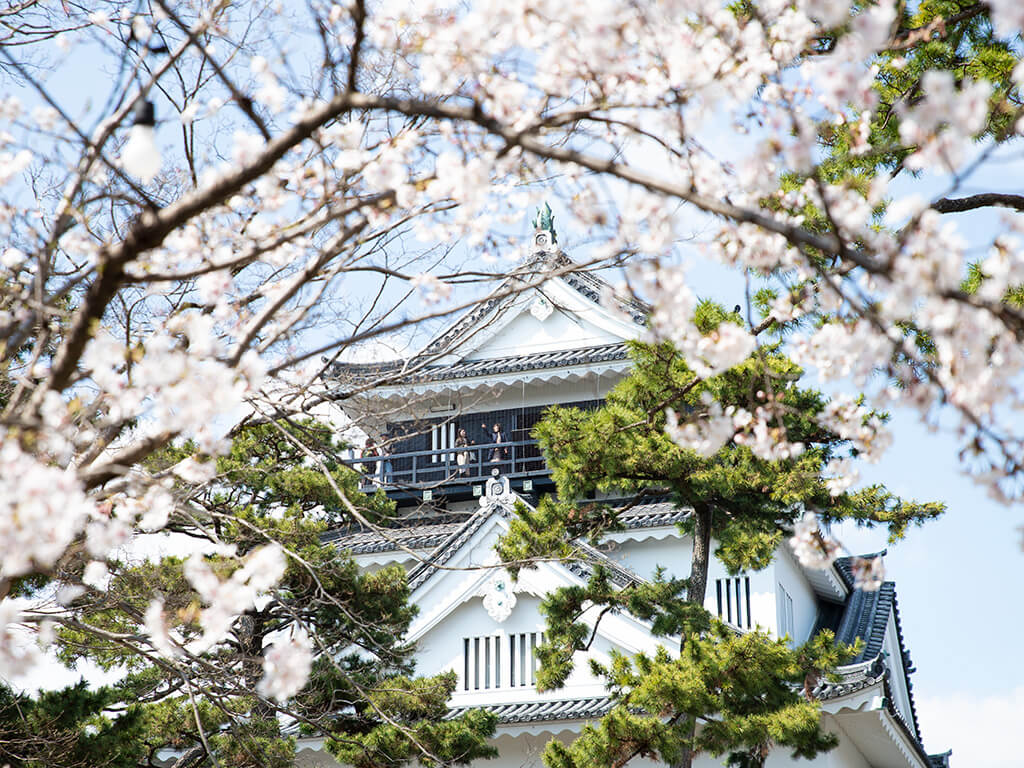
True spring in Aichi is quite fleeting, only lasting through the months of April and through the end of May: Spring temperatures range from 2 to 24°C (36° to 75°F) with an average daytime temperature usually around a pleasant 21°C (70°F). Most days are breezy with some chance of rain or drizzle.
Spring is probably the most popular season for travel in Japan, with good reason – all the flowers are in bloom! Of course Japan’s famous cherry blossoms are in bloom, but don’t forget about wisteria as well!
If you want to see the flowers, travel in spring (April-May). On average, the temperature remains cool (21°C), and a mid-season coat is sufficient in cities like Tokyo and Osaka.
Best Clothing for Spring Weather in Japan
Layers are also going to be helpful in springtime. Light jackets and long-sleeved shirts will be your friends! We also recommend packing at least one warm outerwear item for chilly nights.
Spring Shopping Tips: Must-Buy Seasonal Items in Japan
The spring sun also bring the UV rays! We recommend picking up some Japanese sunscreens while you’re here. Also don’t forget to pick up some sakura flavored items to commemorate your springtime adventure!
Rainy Season in Japan: Essential Packing Tips for June

The rainy season isn’t most popular season to travel (for obvious reasons,) but this has an advantage – things are likely to be much less crowded, and you are more likely to get better deals on hotels and other accommodations. June also has some special seasonal draws – fireflies are at their most active during the month of June, and hydrangea bushes are in full bloom!
What to Wear During Japan’s Humid and Wet Tsuyu Season
If you’re traveling during rainy season, the weather is bound to be unpredictable. Pack outfits with comfortable, lightweight fabrics and moisture-wicking, quick drying materials, because even if it’s not raining, it is likely to be extremely humid! You’ll also want sunglasses, a portable umbrella, and possibly a raincoat to keep in your bad for unexpected showers.
Stay Dry: Rainy Season Must-Buys You Can Find in Japan
If all you’ve got is a large umbrella, you can probably leave it behind. Japan sells many high quality umbrellas that fold up extremely small! You can find them at stores such as AEON, Loft, and Don Quijote. Many of them are also UV repellant and can double as a parasol for extra sun protection.
How to Beat the Heat: Packing for Japan’s Hot and Humid Summer
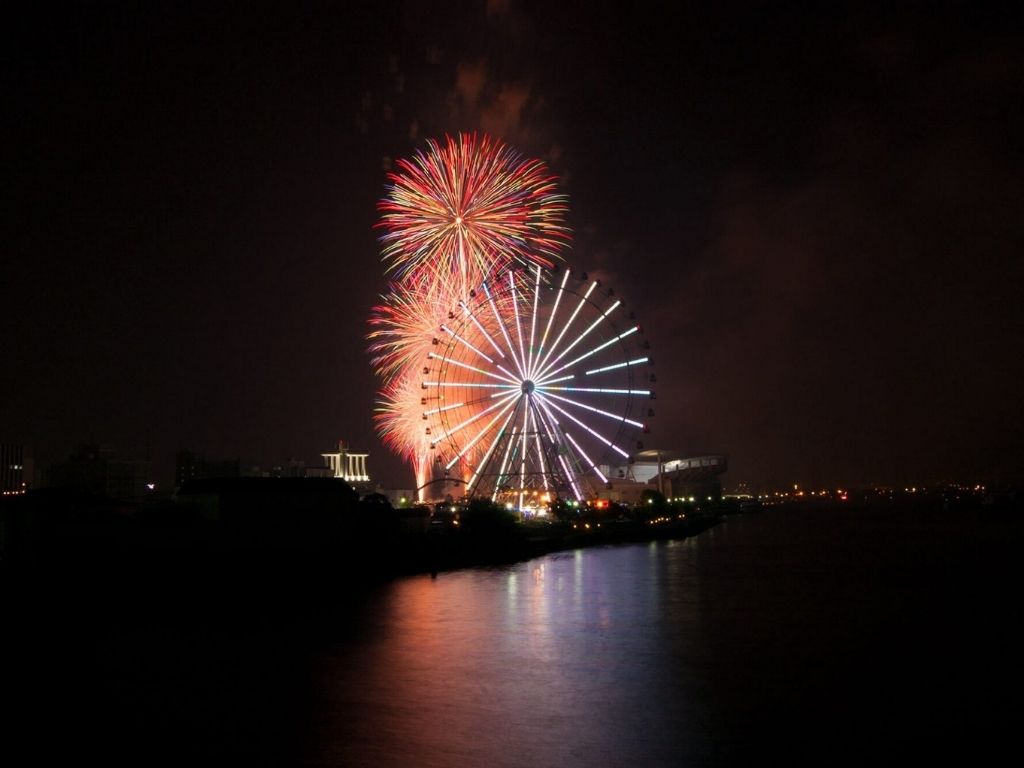
Summer in Japan sneaks in from late June and lasts through August, though it is typically quite warm here even in September. Summer temperatures range from around 16 – 35°C (60° – 95°F). While that might not seem too bad – the summer humidity in Nagoya can be absolutely killer! If you are traveling to Nagoya in the summer, the number 1 rule is to stay hydrated! While the heat can be a drag, summer also has some absolutely incredible festivals. It’s also when Nagoya hosts the Grand Sumo Tournament, and the International Cosplay Summit.
What to Wear in Japan During Summer (June–August)
Bring comfortable, lightweight t-shirts, shorts made of cool fabrics, sunglasses, and UV protection gear such as hats, UV clothing, or a parasol. If you have room a large refillable water bottle or thermos, you’ll be happy you brought it!
Japanese Summer Essentials: What to Buy to Stay Cool and Protected
Japanese people take heat and sun protection very seriously. Dozens of high quality Japanese sunscreens can be purchased at drug stores and convenience stores. Japanese sunscreen is light and absorbs quickly and is incredibly affordable! Additionally, UV parasols, hats, arm covers, and other UV and sun protection can be purchased at Daiso, Don Quijote and other shopping areas.
Even convenience stores have their own stock of heat and sun protections – salt candies help prevent electrolyte imbalances, and cooling clothes and necklaces will provide some relief from the relentless heat and humidity. If you’re feeling dehydrated, grab an OS-1 re-hydration drink or an electrolyte jelly pouch.
Packing for Autumn in Japan: Clothes, Weather, and Fall Travel Tips
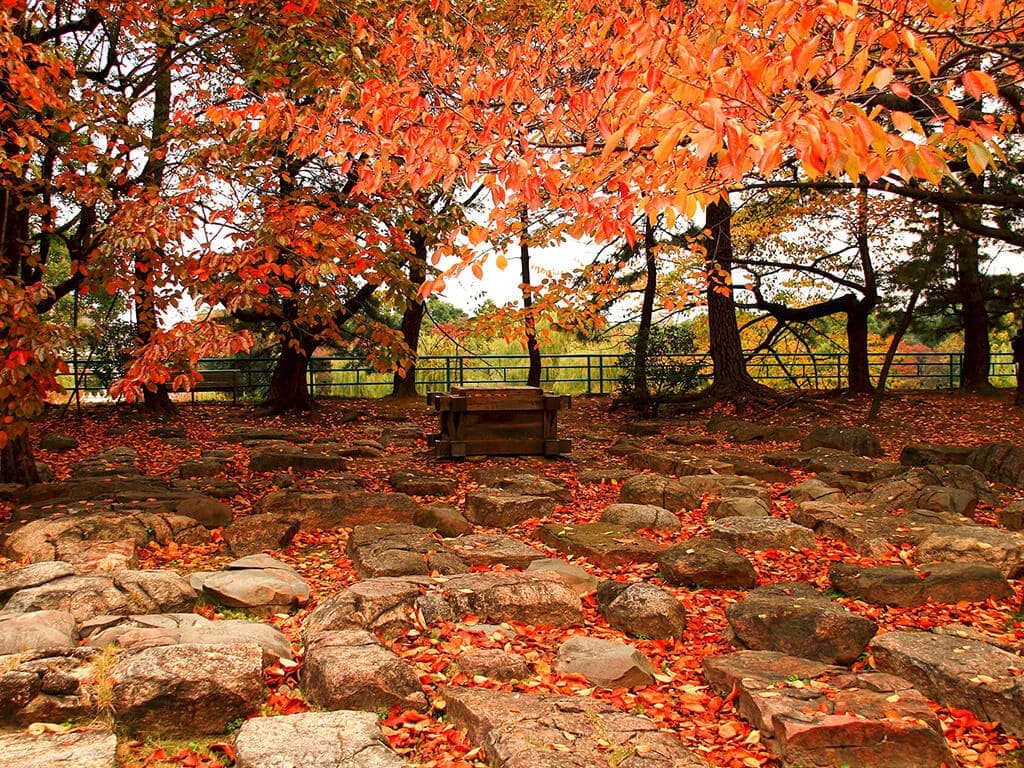
One of the best times to visit Japan is autumn, when nature bursts into vibrant colors. The autumn season is typically described as September through November, but the summer heat isn’t well and truly gone in Aichi prefecture until October. Temperatures during these months typically range between 7 to 27°C (45 to 80°F). A typical autumn day is breezy or partly cloudy, but it doesn’t often rain in the fall. Fall is one of the best times to come to Japan because of the amazing seasonal festivals, as well as the gorgeous autumn leaves. Don’t miss our post about best things to do (and eat) in Nagoya in the fall!
What to Wear in Japan During Fall (September–November)
If you’re traveling in September or October, you’ll be experiencing the warmer side of fall. T-shirts, light layers, and comfortable shorts or light pants will probably be fine. If you’re coming toward the end of fall, you might want to pack jeans and a sweater or warm jacket in case the temperature drops quickly.
Japanese Fall Favorites: Seasonal Treats and Travel Must-Haves
Japanese autumn brings with it a unique charm — and that includes seasonal products worth picking up!
Japan’s convenience stores and supermarkets go all out with seasonal flavors in the fall. Look out for limited-edition treats flavored with sweet potato (imo), chestnut (kuri), and pumpkin (kabocha). Autumn-themed KitKats, lattes, and pastries are must-tries!
And as the air gets drier in autumn, consider buying Japanese moisturizing creams or sheet masks. Brands like Hada Labo and Muji offer travel-size products that are perfect for keeping your skin hydrated.
Surviving Japan’s Winter: What to Pack for Cold and Dry Weather

Winter sets in around mid-December and the cold weather and dry air will persist until about late March. Winter temperatures in Aichi range from a low of -6° to a high of around 20° C (21 to 68° F). Nagoya doesn’t typically get snow. Most travelers expect the cold, but something many travelers might overlook is the dryness and the wind!
This is enough to put some people off, but there are some pros to traveling in winter. It’s a low season for tourism, and Shirakawa-go and Nabana no Sato are actually best visited in winter! However, we recommend avoiding traveling during the New Year Holidays – weather aside, many popular locations will be closed or have reduced hours.
What to Wear in Japan During Winter (December–March)
Bring thermal and warm clothing! Layers are your friend. Japanese people love to wear HEAT TECH brand clothing underneath their every day attire, and it really makes a difference! If you don’t own any, you can pick up Heat Tech attire at Uniqlo stores anywhere in Japan.
If you plan on visiting anywhere north of Nagoya such as Gero, Gujo Hachiman, and Shirakawago, you’ll definitely want to pack snow boots or other warm, nonslip shoes.
Winter Must-Haves: What to Buy in Japan to Stay Warm
Kairo are little air-activated pocket heaters that can be purchased affordably almost everywhere. You’ll find them in convenience stores, Daiso, Don Quijote and many malls. Japanese people love to put them in their shoes and pockets durning the winter.
15 Essential Items You’ll Be Glad You Packed for Japan
So now that we’ve covered clothes, that just leaves… everything else! Read on to make sure you’re not forgetting anything important.
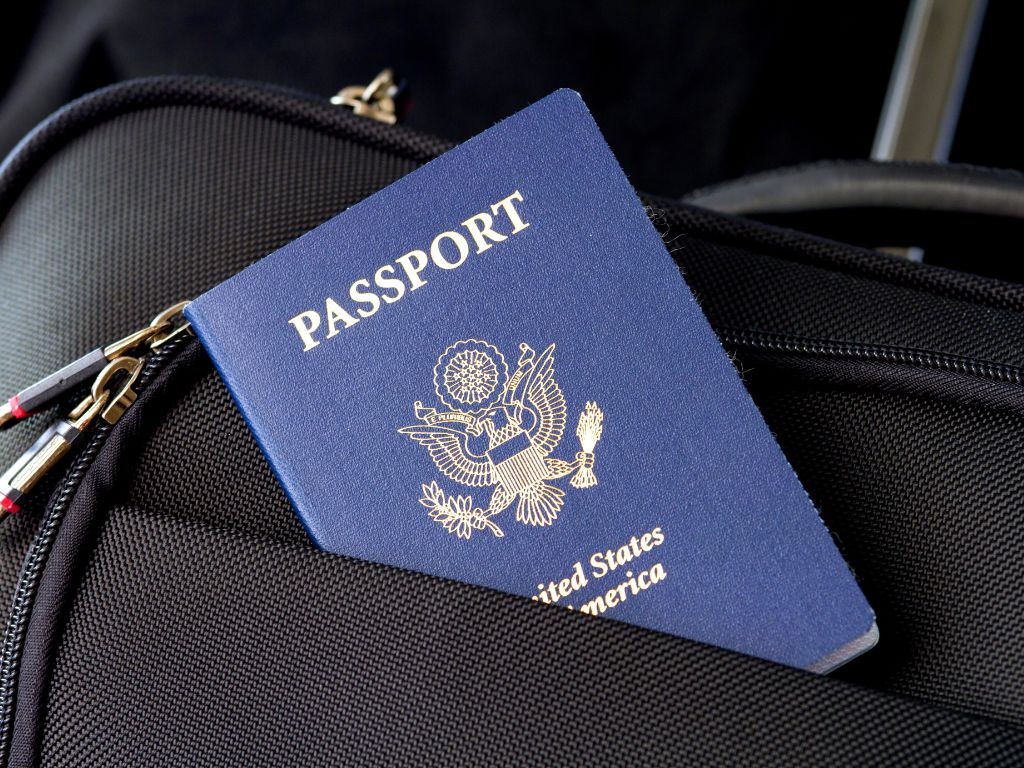
This is our list of recommendations for items we would bring with us on a trip to Japan.
1. Important Documents: Passport, JR PASS, IC card, and other documents such as tickets, and hotel and activity reservations
2. Power adapter: Electrical plugs in Japan are type A, with two flat prongs (like in the United States). If you’re coming from the UK, Europe, or Australia, check into getting a Japan power adapter. If you’re coming from the States, most small items should be fine, but if you have a laptop with a three prong cord, you should look into a prong converter for that as well.
3. Charger or power bank. If you’re traveling, taking photos and using navigation and translation software all day, you’ll be draining your phone battery a lot faster than you’re used to!
4. Cash. Many places in Japan do accept credit cards and other cash based payments, it is still largely a cash-based society. The more rural you go, the more likely you are to run into a shop that is cash only, so be sure to bring some.
5. A small kit with emergency medication. While Japan does of course sell over the counter medication for things like minor things headaches, stomach aches and allergies, it can be difficult and confusing to find what you’re looking for while dealing with the language barrier and unfamiliar packaging, and you might have a hard time finding what you’re looking for.
6. Comfortable shoes that are also easy to put on and take off. Certain restaurants (especially traditional ones with floor seating) will make you take your shoes off before you sit down, so shoes that are easy to remove will be convenient.
7. A small, lightweight bag for everyday use. Satchels and shoulder bags are carried by men and women in Japan. Be sure to bring a bag or small backpack so you can store all the souvenirs you’re likely to pick up throughout the day.
8. Spare glasses or contact lenses. If lost or broken, you’ll have a hard time getting a prescription replaced, so bring a backup.
9. SIM card. Public wi-fi is available most places (including the shinkansen) so you can get away without it, but a temporary SIM card is also extremely convenient.
10. A small fabric hand towel. Japanese people always carry a small hankachi (handkerchief) in their bags because many public restrooms do not have paper towels or hand dryers.
12. Deodorant. You’re unlikely to find the stick type deodorant anywhere in Japan, as it’s not used here. If you use deodorant, definitely make sure you don’t forget it!
13. A mini wallet for coins. Since you’ll be spending mostly cash, you’re going to quickly collect a lot of coins! You’ll want a mini wallet or coin purse to keep up with them all.
14. Eye mask
15. Souvenirs to give away to your Japanese friends
What NOT to Pack for Japan: Save Space and Avoid Trouble
By now your suitcase should be full to bursting. If you’re an over packer, don’t fret. There are quite a few things that you might automatically toss in your suitcase that you probably won’t need.
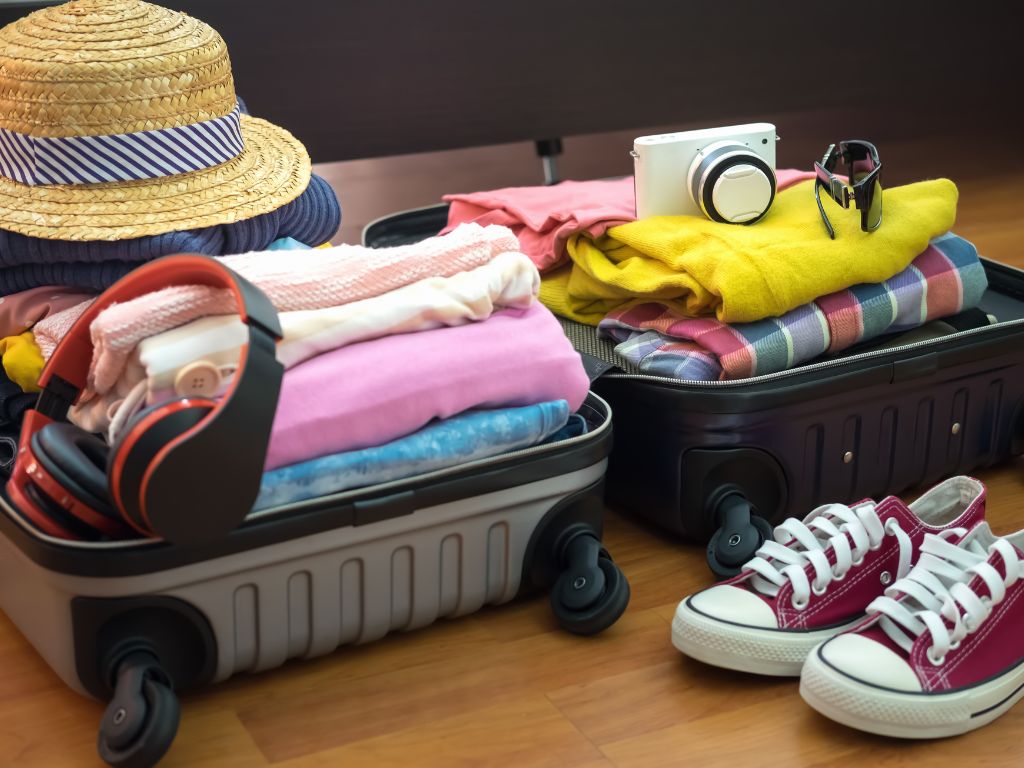
Shampoo, conditioner, toothbrushes and toothpaste. These items are typically provided for free at business hotels! If you want to travel lightly and you aren’t particular about brands, you can probably leave these behind if you’re staying in hotel chains such as APA, Hilton, or Mariott. You’ll only need to pack these if you are staying in share houses, Airbnb’s or hostels, which may not provide them. Additionally, yukata-style pajamas are free and laundered daily at business hotels, so if you’d like to give wearing these a try, you can leave your jammies at home.
Swimsuit. Unless you’re going to Okinawa, of course!
Food products from your country. Japan has strict regulations on food imports, so avoid bringing food products unless you’re sure they’re allowed.
Certain medications. There are certain medications that are not legal in Japan (especially certain prescriptions that fall in the “stimulant” category, such as those prescribed for ADHD), so if you are planning on bringing some, you might want to do some research on whether or not it’s allowed.
Backpack or Suitcase? How to Choose the Right Luggage for Japan
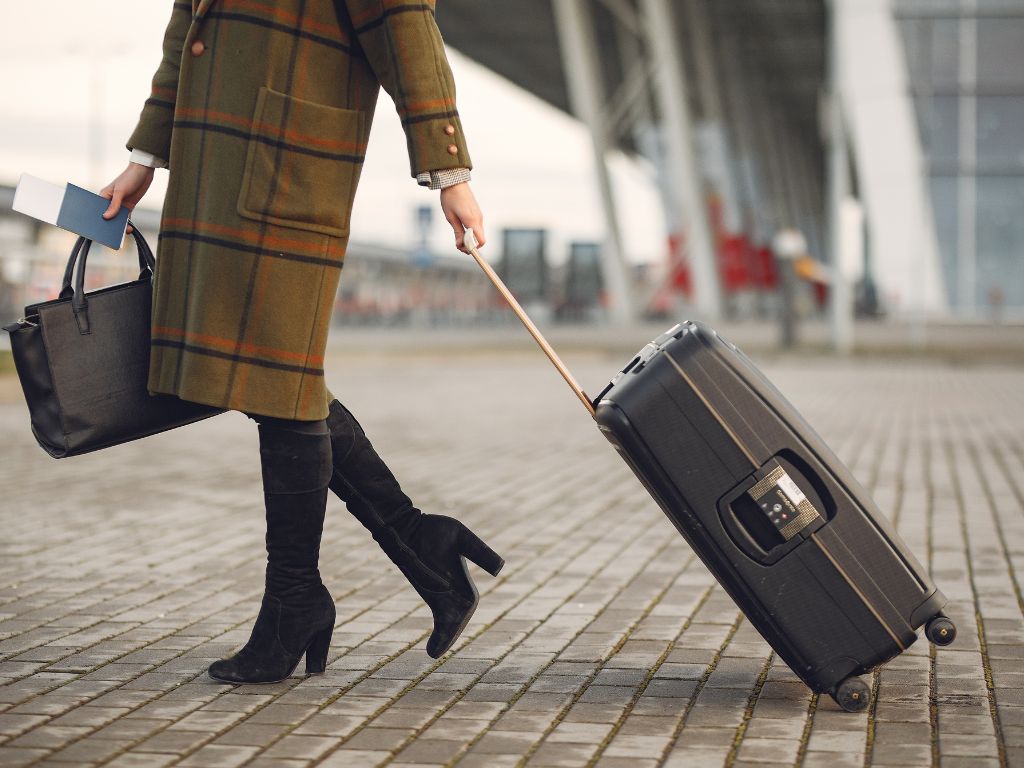
For short trips less than 7 days, you might prefer to bring a backpack instead of a rolling suitcase. It will give you much more freedom when moving around stations and cities. For example, Nagoya station has a lot of stairs and several floors, which can be a real hassle trying to drag a heavy suitcase up them when you’re trying to catch your train.
Of course, for long trips of more than a week, you’ll probably need more than a backpack. We recommend a wheeled suitcase, which are convenient for rolling around the stations.
The type of suitcase will depend more on your personal preferences, but if you opt for a large checked-baggage size suitcase that won’t fit above your seat, you should know that you’ll need to reserve space for your suitcase if you’re traveling by shinkansen. These will have to go in designated, limited seats on the bullet train, so keep in mind if this extra step is worth the extra packing space.
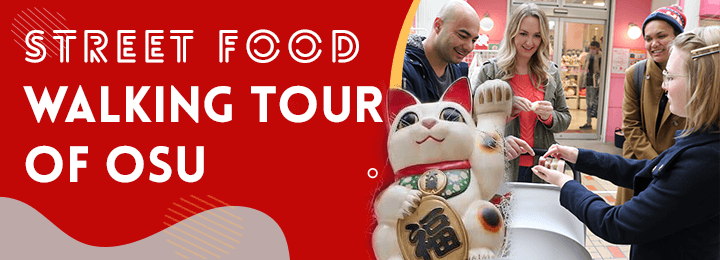
Before You Go: Final Packing Tips for Your Japan Adventure
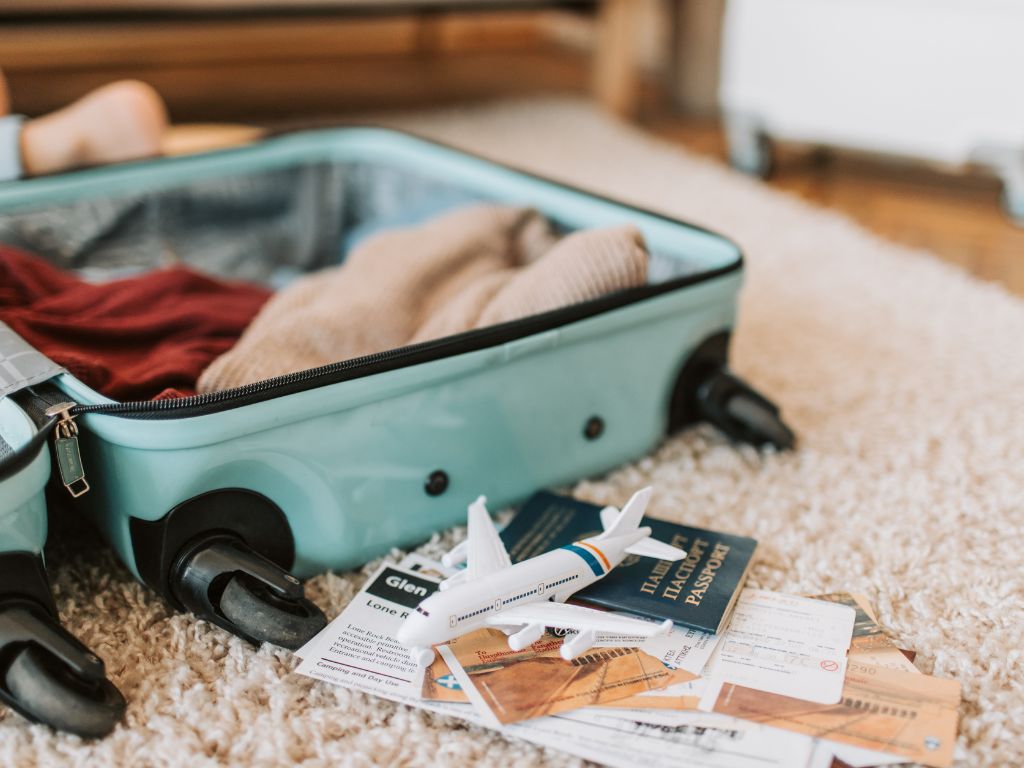
We hope this has been a helpful and educational guide for what to pack on your trip to Japan. If you have any questions or think we’ve left something out, please leave us a comment below!
Are you looking for more information about Nagoya?
Check out our blog! We’ve got tons of articles about seasonal festivals, food, and day trips you can take from Nagoya.

